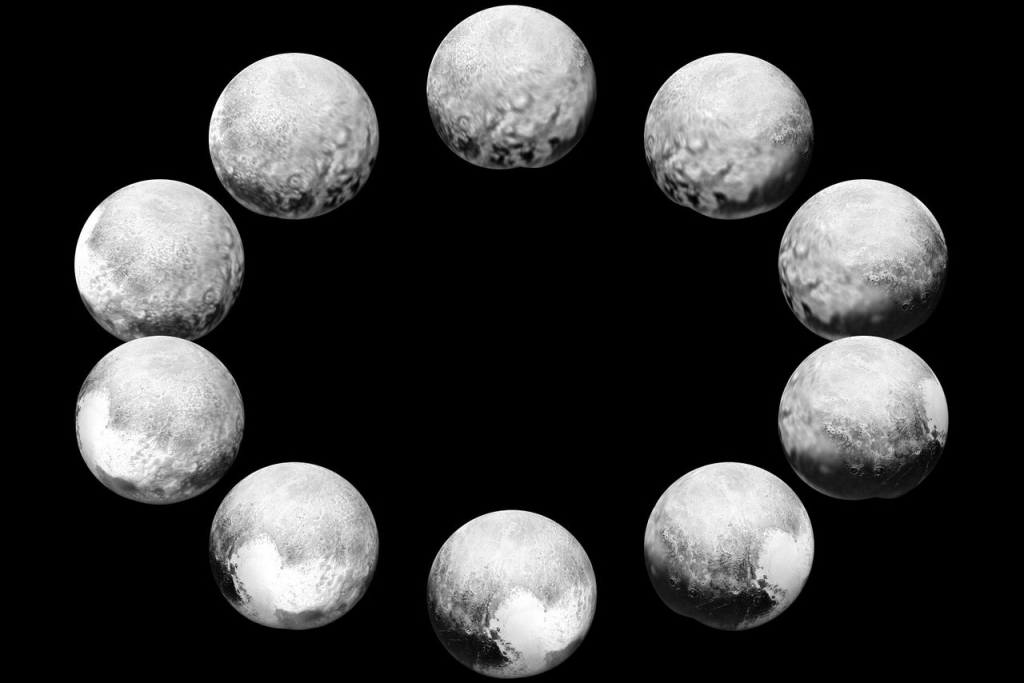-
Tips for becoming a good boxer - November 6, 2020
-
7 expert tips for making your hens night a memorable one - November 6, 2020
-
5 reasons to host your Christmas party on a cruise boat - November 6, 2020
-
What to do when you’re charged with a crime - November 6, 2020
-
Should you get one or multiple dogs? Here’s all you need to know - November 3, 2020
-
A Guide: How to Build Your Very Own Magic Mirror - February 14, 2019
-
Our Top Inspirational Baseball Stars - November 24, 2018
-
Five Tech Tools That Will Help You Turn Your Blog into a Business - November 24, 2018
-
How to Indulge on Vacation without Expanding Your Waist - November 9, 2018
-
5 Strategies for Businesses to Appeal to Today’s Increasingly Mobile-Crazed Customers - November 9, 2018
A full work day on Pluto would be a killer
The images reveal the activity during the course of a full day on Pluto – about 6.4 Earth days.
Advertisement
NASA said that a side called the “encounter hemisphere” was seen in more detail by the New Horizons spacecraft. In this new series of images however, a full day on Pluto and Charon was captured the days following July 13. New Horizons images also include Pluto’s famous “heart” or the Tombaugh Regio. The photos were taken by LORRI and Ralph/MVIC from July 7-13 as New Horizons closed in over a range of 6.4 million miles (10.2 million kilometers).
The recent July flyby just reveals one side of Pluto and Charon, but in these new sequences, the probe began recording observations before its closest approach, showing a glimpse of the binary system’s other, far side.
Till now, both Pluto and Charon were considered as a pair of low res blobs hanging out on the edge of the Solar System.
Charon is one of the five moons of the dwarf planet and is also known as Pluto I. It was discovered by James Christy, who was an astronomer at United States Naval Observatory. Pluto and Charon always keep a single face toward each other.
That means a few of the images below, though visible to New Horizons, would never be seen from Pluto’s surface.
Bottom line: Best now available images of each side of Pluto – and each side of its large moon, Charon – taken during New Horizons’ July, 2015, flyby have been combined to create a view of a full rotation of each of these worlds.
Advertisement
NASA images of Pluto show canyons, rolling plains and cratered uplands on the dwarf planet. The closest approach was completed on July 14 at a distance of 7,800 miles above Pluto’s surface.




























